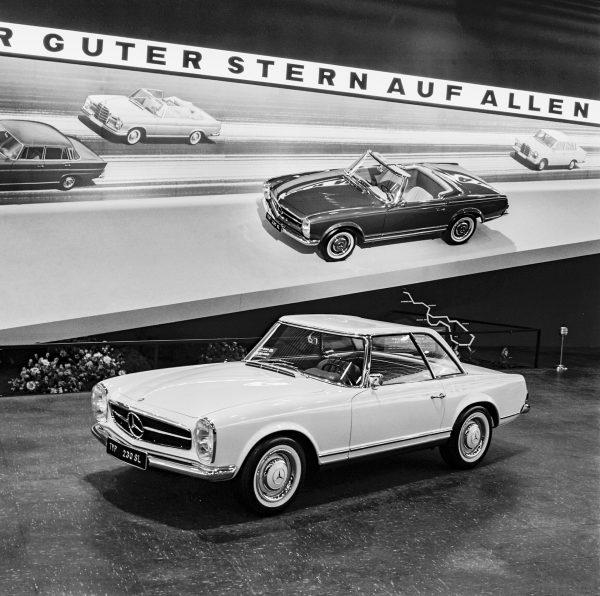60 years have passed since the birth of the legendary Mercedes-Benz “Pagoda” SL W113 model.
60 years ago, Mercedes-Benz presented the W 113, a car that would go on to become a milestone in the brand’s safety development and an iconic classic car. The Mercedes-Benz 230 SL was unveiled at the Geneva Motor Show from 14 to 24 March 1963, replacing two vehicles at the same time: the 300 SL Roadster (W 198) and the 190 SL (W 121). The W 113 continued to be built until 1971, and the 230 SL, 250 SL, and 280 SL models are highly sought-after by collectors and enthusiasts today.
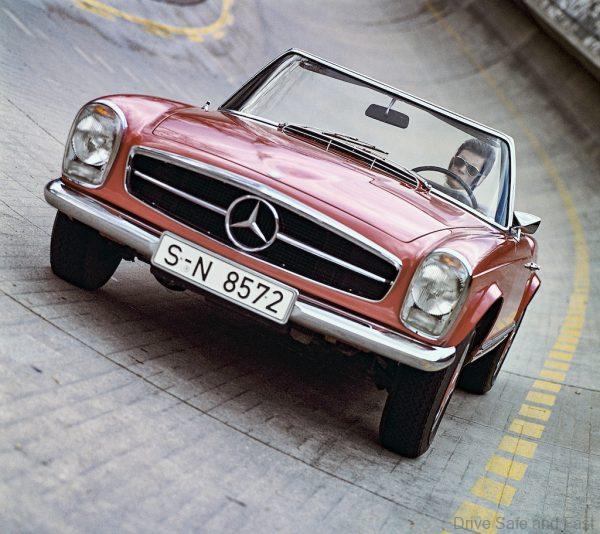
The “Pagoda” SL, as it is affectionately known, is renowned for its sporty yet comfortable driving experience and groundbreaking safety features. The W 113 was designed under the direction of Friedrich Geiger, who combined clean lines with the classic SL look and a large central star in the radiator grille. The optional hardtop featured an inwardly curved roof surface that evoked Asian temple buildings and gave the car its nickname “Pagoda”. The removable coupé roof was designed by Paul Bracq.
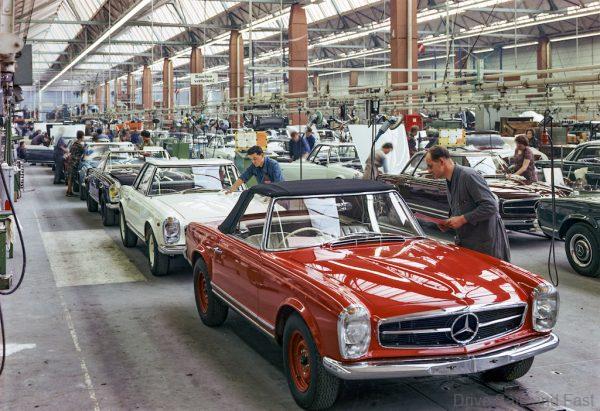
But it was the safety features of the W 113 that truly set it apart from other sports cars of the time. The frame floor system of the 230 SL originated from the Mercedes-Benz saloons of the W 111 series, but was shortened and reinforced compared to the four-door models. The W 113 was also the first sports car to benefit from the principle of a stable passenger cell with front and rear crumple zones.

The chassis was tailored to the demands of the roadster and provided a high level of driving safety. The suspension was firm yet almost atypically comfortable for a 1960s sports car, and the 230 SL already had disc brakes on the front wheels. The 250 SL, introduced in 1967, featured disc brakes on the rear axle as well.
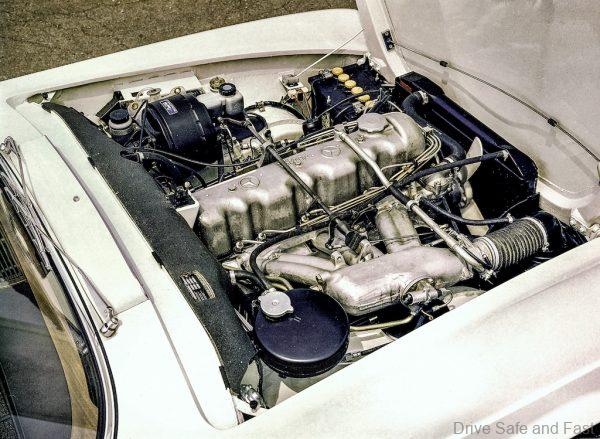
The W 113 was offered with three different engines during its eight-year production period, distinguishing it from the 300 SL and 190 SL models. The sporty M 127 six-cylinder engine of the 230 SL was based on the M 180 engine of the 220 SE, with a displacement of 2,306 cubic centimeters and a power output of 150 hp.
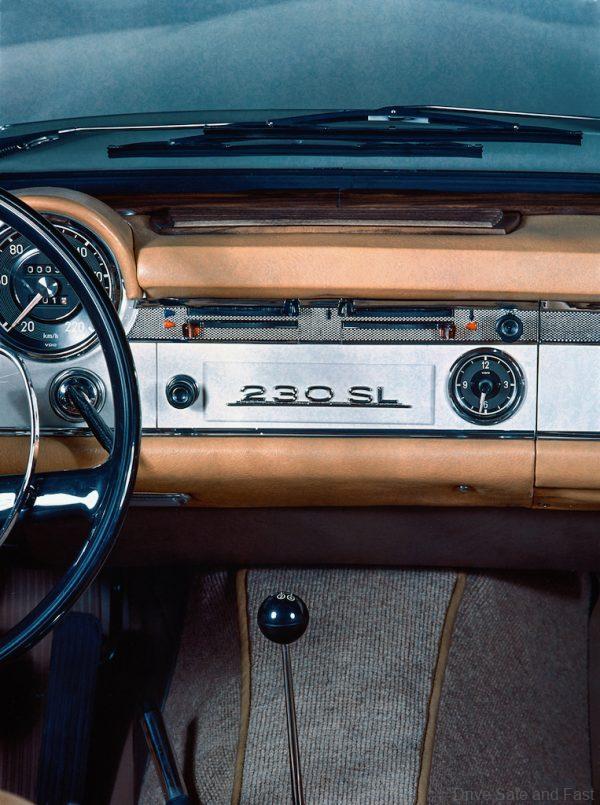
The 250 SL, which replaced the 230 SL in 1966, had a slightly larger engine with a displacement of 2,496 cubic centimeters and a higher torque, reducing the time it took to accelerate from zero to 100 km/h by 1.1 seconds. The 280 SL, introduced in 1968, had a larger 2,778 cubic centimeter engine and a power output of 170 hp, allowing it to accelerate from zero to 100 km/h in just nine seconds.
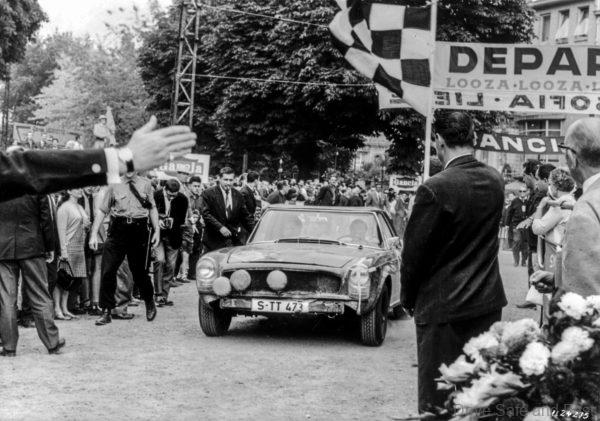
The W 113 was not only popular among enthusiasts and collectors, but also successful in motorsport. In 1963, Eugen Böhringer and Klaus Kaiser won the 5,000+ km Spa-Sofia-Liège marathon rally in a 230 SL. The following year, the duo achieved third place in the same long-distance rally with the 230 SL.

Today, the W 113 remains a highly coveted classic car, with well-preserved examples of the series commanding high prices. Classic Data’s current market survey for 2022/2023 quotes €128,000 for the 230 SL in top condition (grade 1) and €156,000 for the 280 SL. Many owners of a “Pagoda” SL are customers of the Mercedes-Benz Classic Center in Fellbach, which offers unique expertise in all aspects of the brand’s high-quality classic cars.
